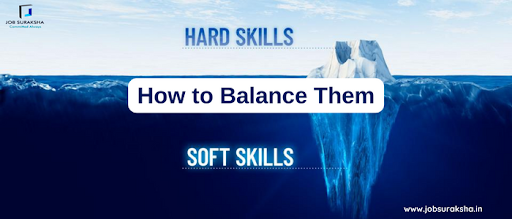The Guide to Effective Employee Offboarding

Saying goodbye to an employee is never easy. No matter the reason for the departure - whether it be a layoff, termination of contract, retirement, or resignation - every organization must treat these moments with respect, empathy, and importance.
But if recent events have taught us anything, many companies still have a lot of work to do in offboarding. Twitter's infamous mass layoff incident after Elon Musk's controversial acquisition is just the top of a series of examples of people not being let go. Impersonal, insensitive, lacking structure and failing to recognize the seriousness of the situation, the nature of these layoffs negatively affected not only the employees themselves but the organization as a whole.
Employee offboarding is an important stage in the life cycle of every worker. When done well, it can build your employer brand, provide you with invaluable feedback, and even grow your talent pool. So why is it given so little respect?
Offboarding is as essential as onboarding
Companies go to great lengths to onboard new employees – as they should! We know that an effective induction program can lead to better engagement and higher chances of retention, but why not give equal credit to the offboarding process?
The simple answer is that many organizations feel they have nothing to gain when an employee leaves, and as a result, they struggle to optimize offboarding the same way they do with onboarding. Chances are less. But this is very short-sighted.
Learn more about creating an effective onboarding process in this blog post.
If onboarding is the first step in an employee's journey through a company, then offboarding is the final step. And given that the average working length for workers in the US is 4.1 years, it's also a certainty for the vast majority. Offboarding is an essential process – one that should not be overlooked, especially given its wide-ranging impact on:
Employer Brand: Everyone who works for your organization is a walking advertisement for your brand - don't underestimate its importance. A successful and compassionate offboarding can create a sea of organic brand ambassadors.
Future clients: Past employees can be valuable clients if you leave on good terms, especially given their already-known knowledge. LinkedIn, for example, enables alumni with free premium membership on their platform.
Referrals and Boomerangs: Goodbye Doesn't Mean Forever. Always open the door for returning talent - they will bring more experience and insight. Or if people themselves don't come back, they will be quick to recommend future candidates if they still have confidence in the organization.
Feedback: With honest feedback, targeted change can happen. And often, the feedback obtained during offboarding can be most valuable. Honest, constructive feedback can help you identify symptoms of larger systemic problems, allowing you and the organization to course-correct if needed.
Non-negotiable elements of offboarding
Clear communication
There is nothing quite like the experience of uncertainty. And given how emotionally charged the offboarding period can be, it's essential to ensure clear communication. Employees will have many questions and concerns, so HR and managers must be prepared with the answers. Common concerns are often related to closing dates, handover information, or issues related to pay or holidays - have this information on hand.
Exit interview
Exit interview is necessary. Typically run by HR, this process is your opportunity to get the feedback we mentioned earlier. But it also allows you to recognize and appreciate what the employee has contributed to the company during their tenure. A sloppy 'thank you' won't mean anything like authentic, unique gratitude.
Alumni group
Don't lose touch with past employees. An active alumni network is a great way to maintain that level of connection. For example, BCG, Microsoft and Deloitte use social media, dedicated websites and company newsletters to keep former employees in touch with the organization. And recently, Stripe, which had to lay off many employees, created unique alumni emails that employees could use to get ahead.


